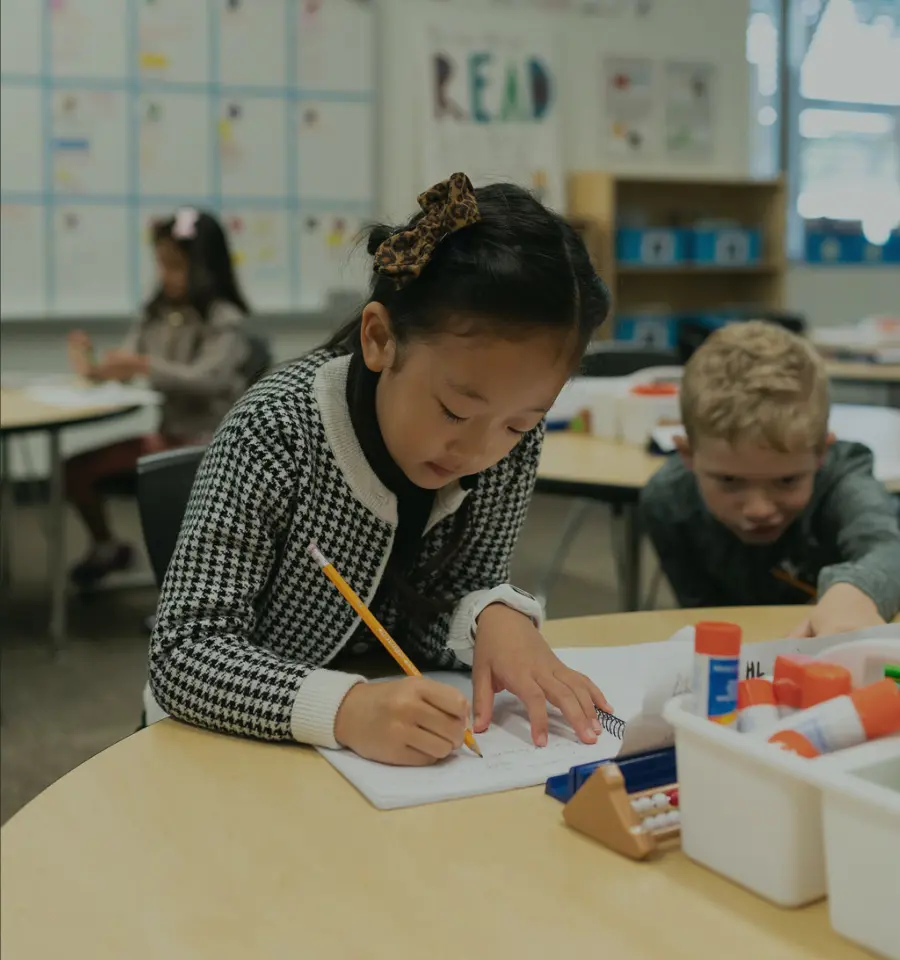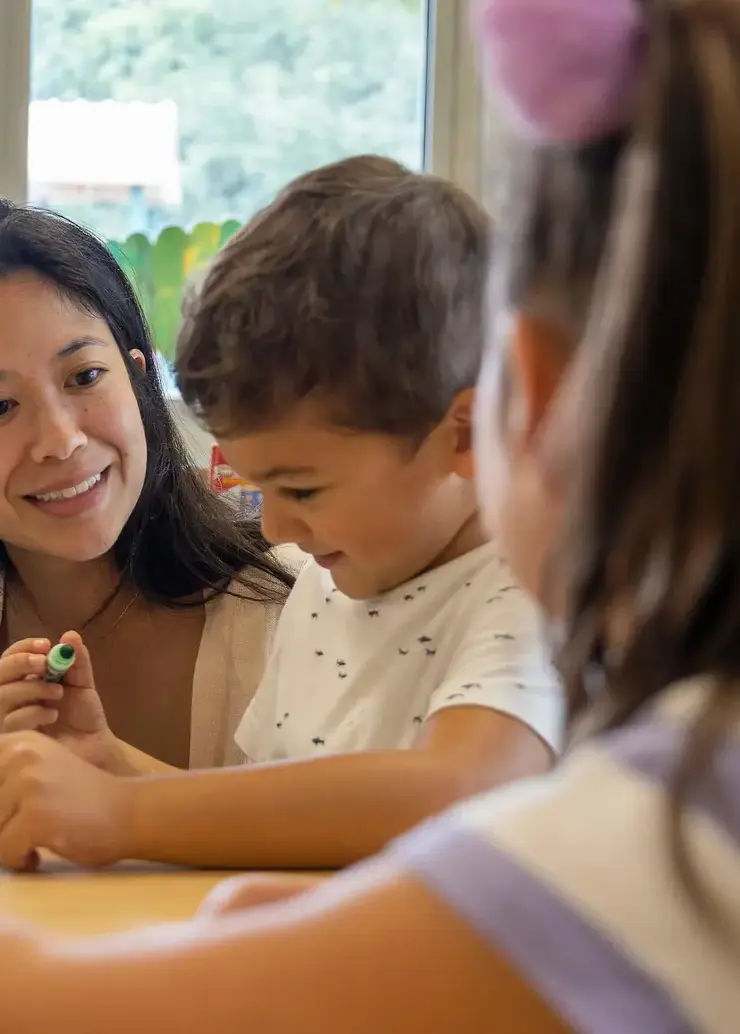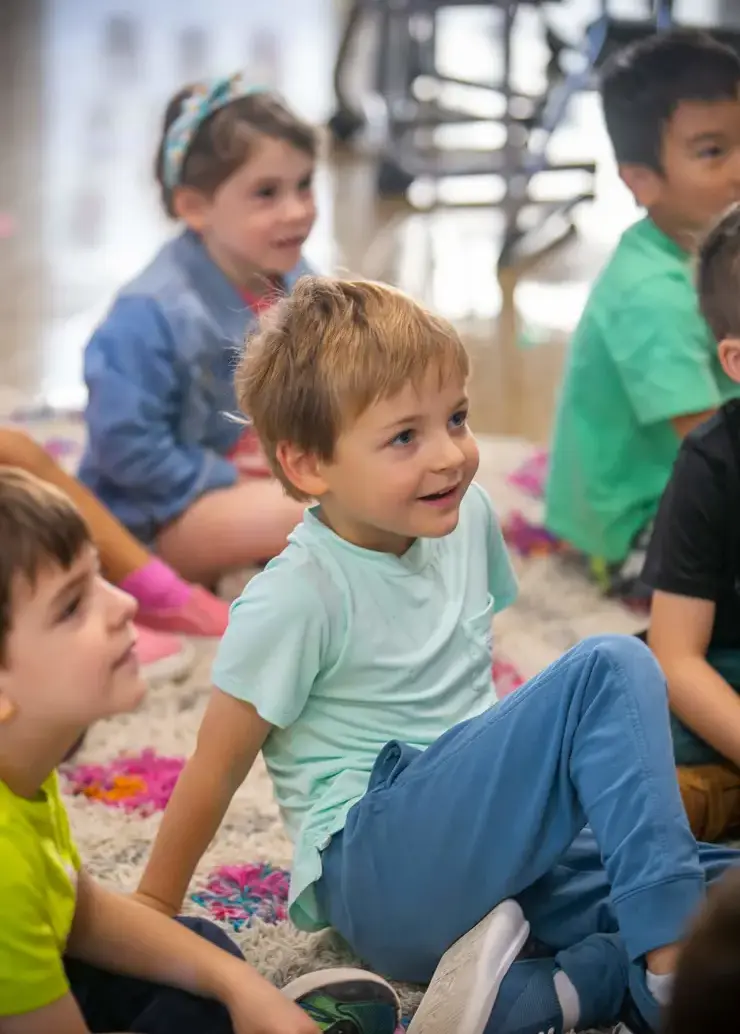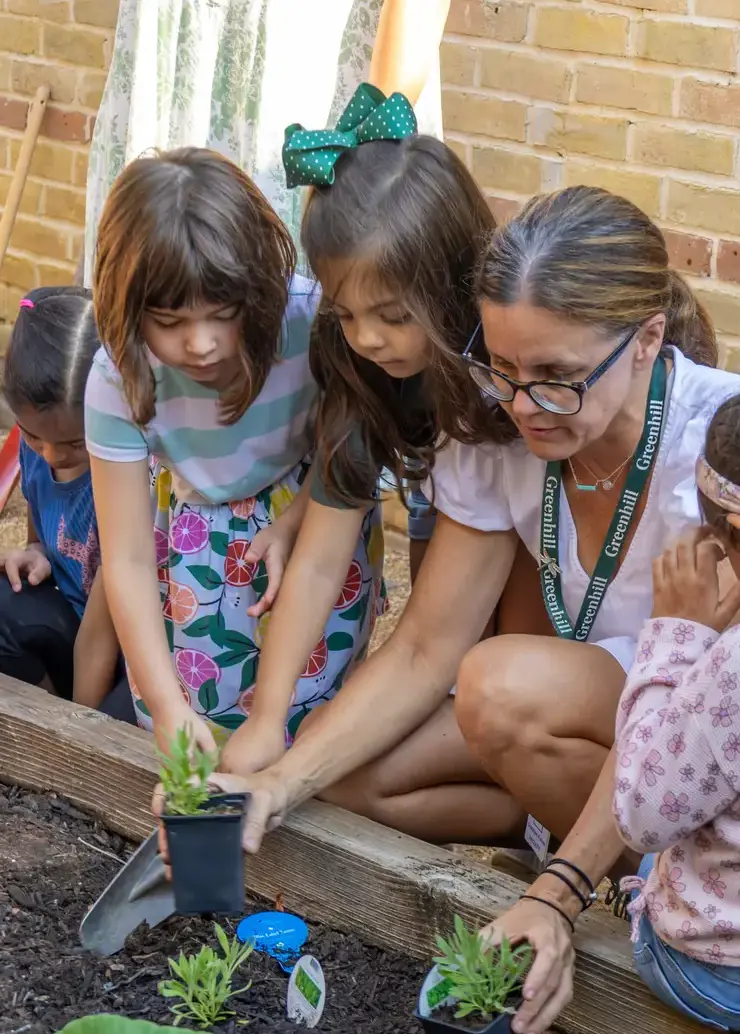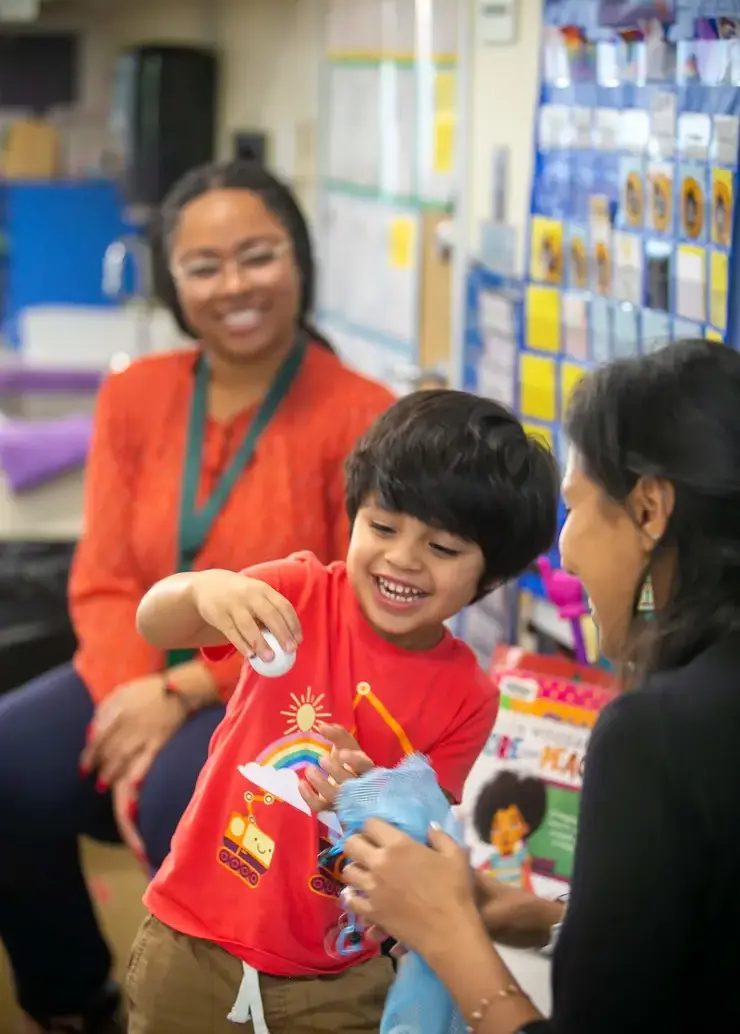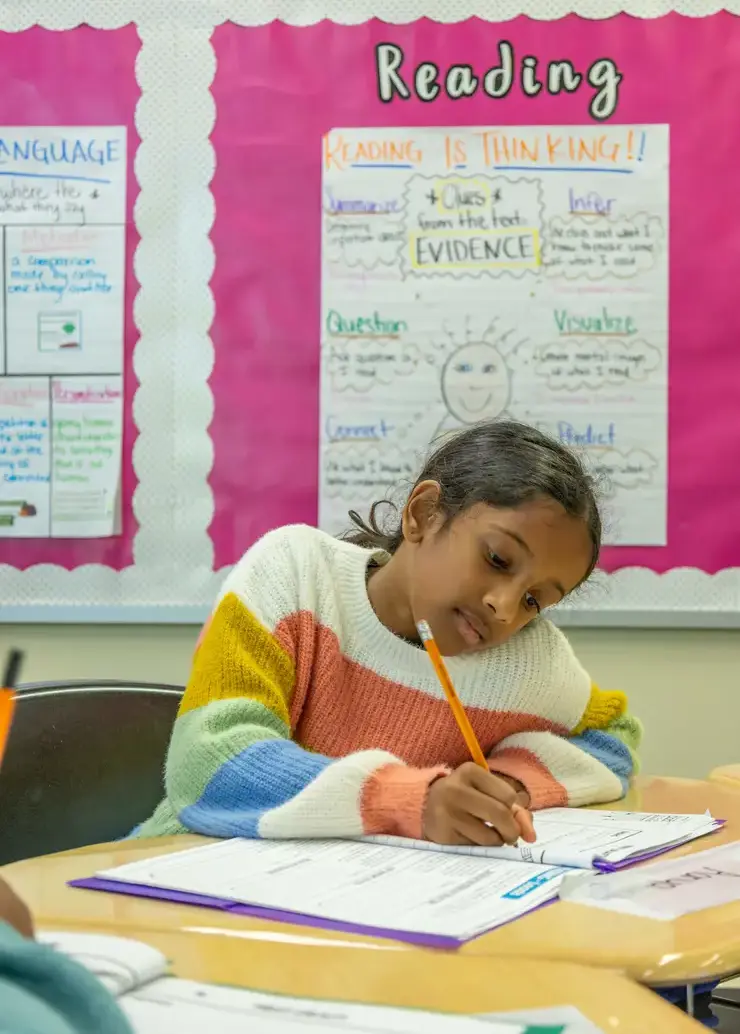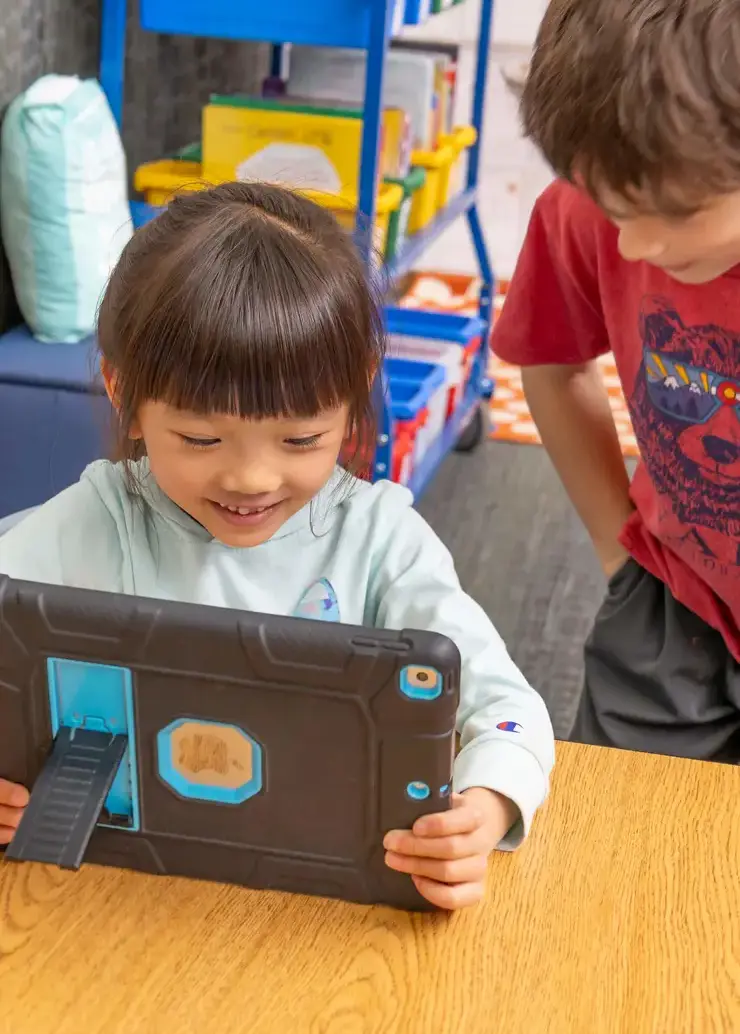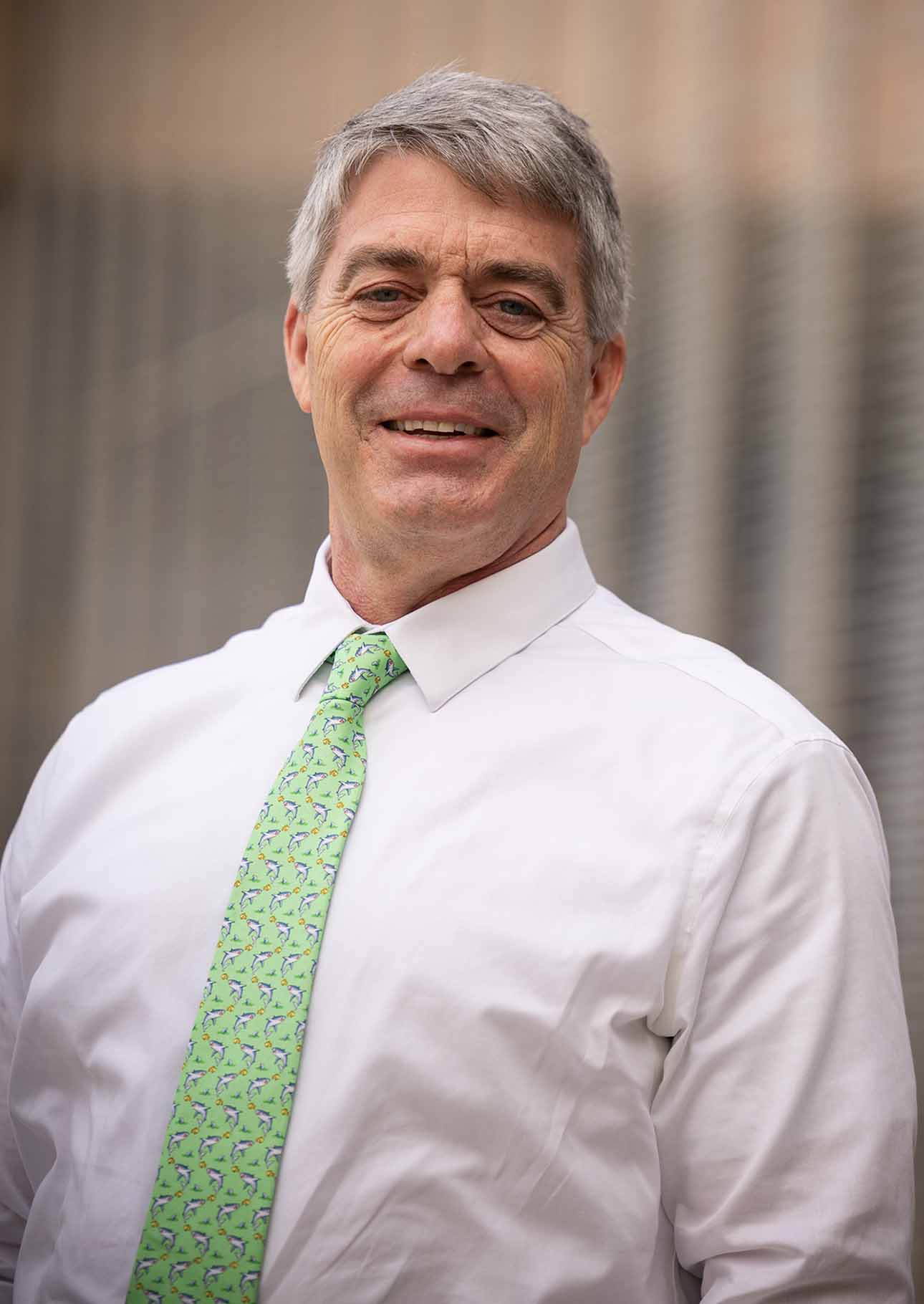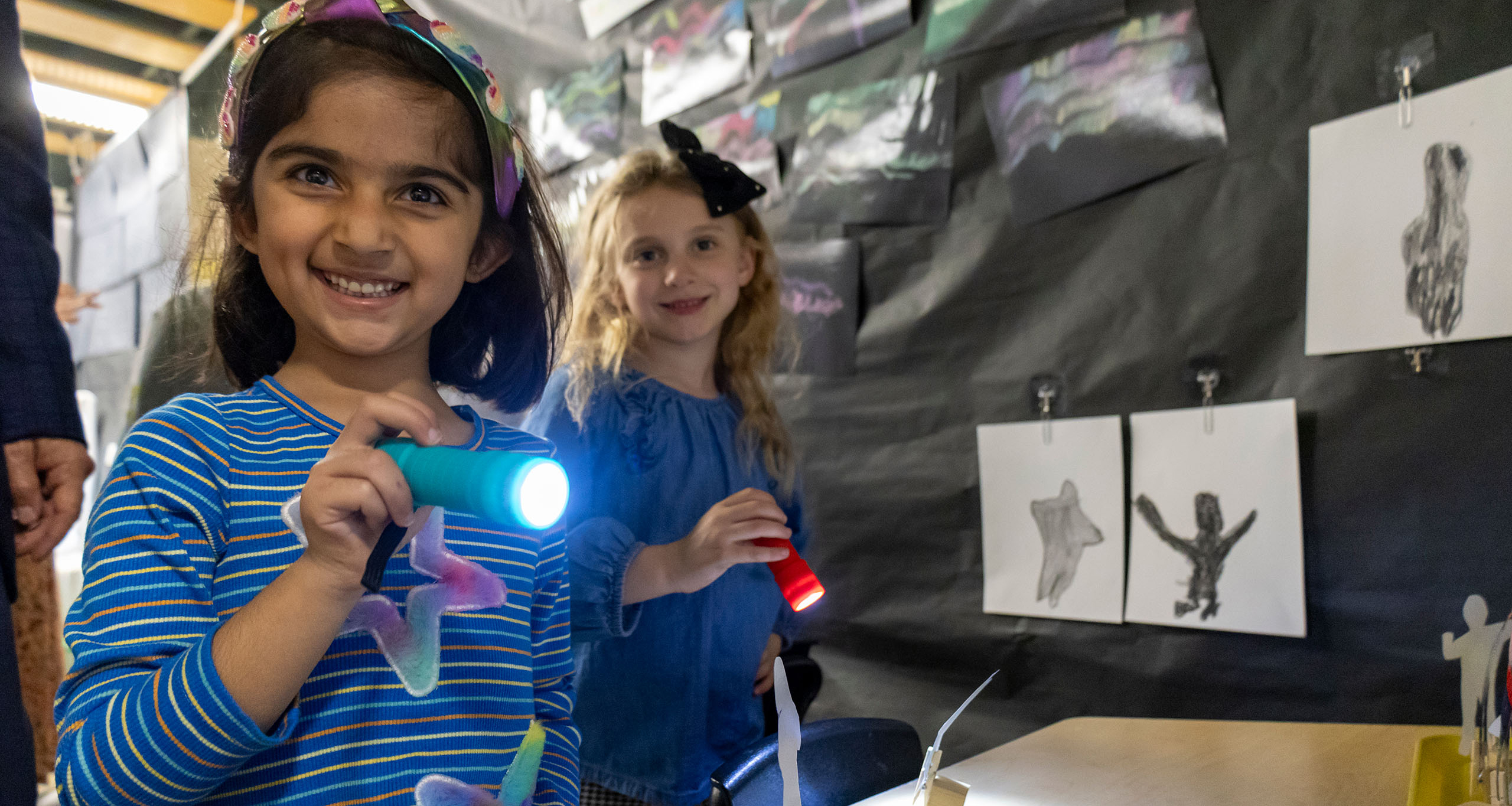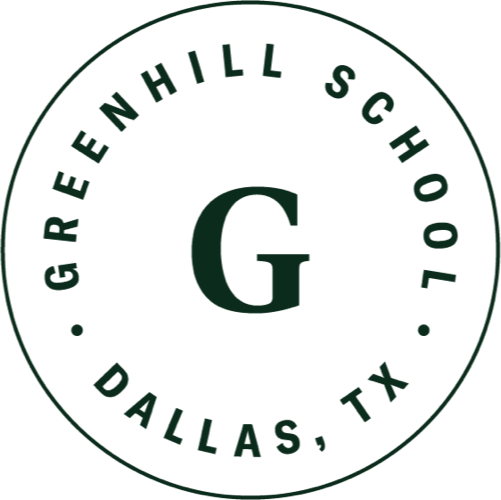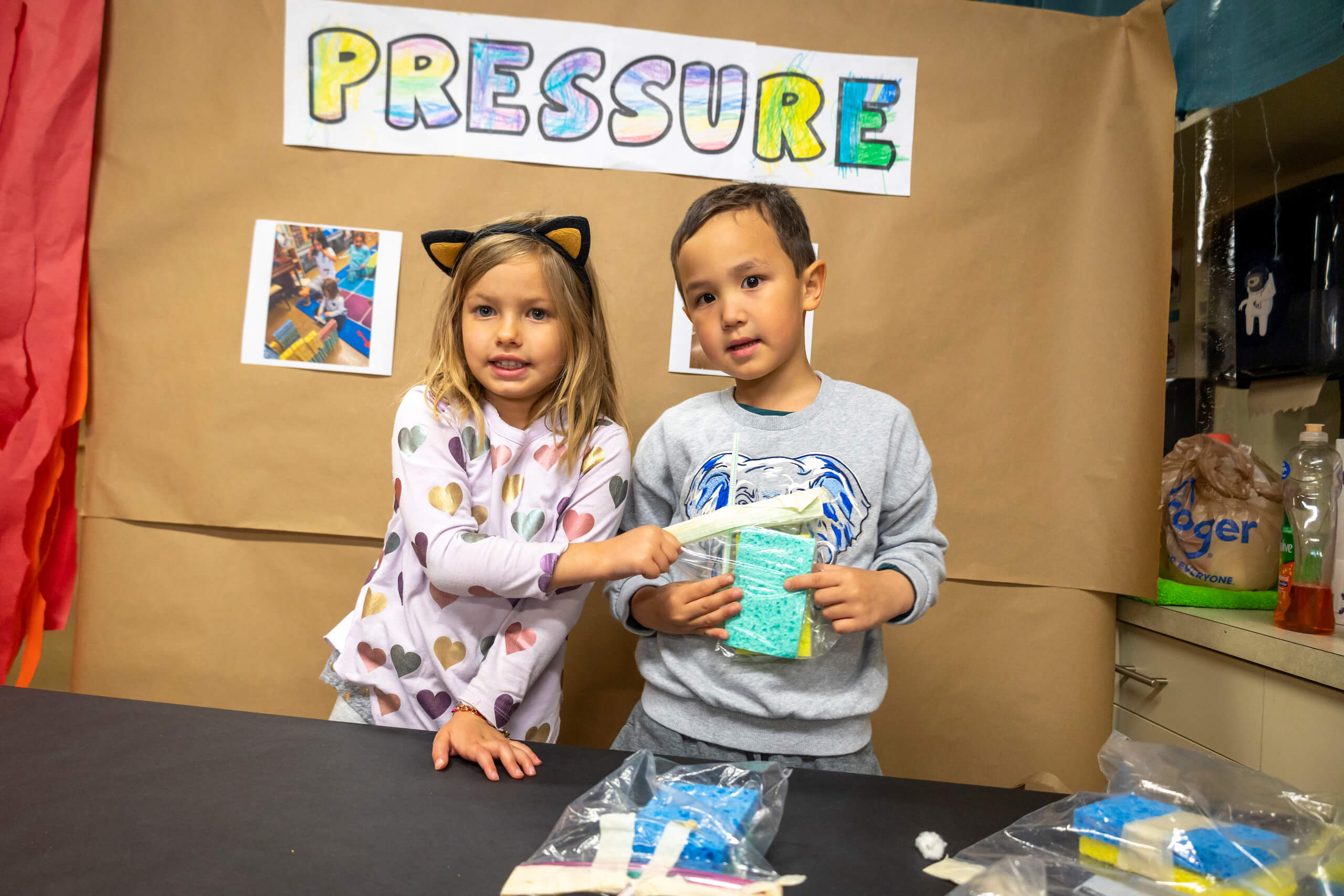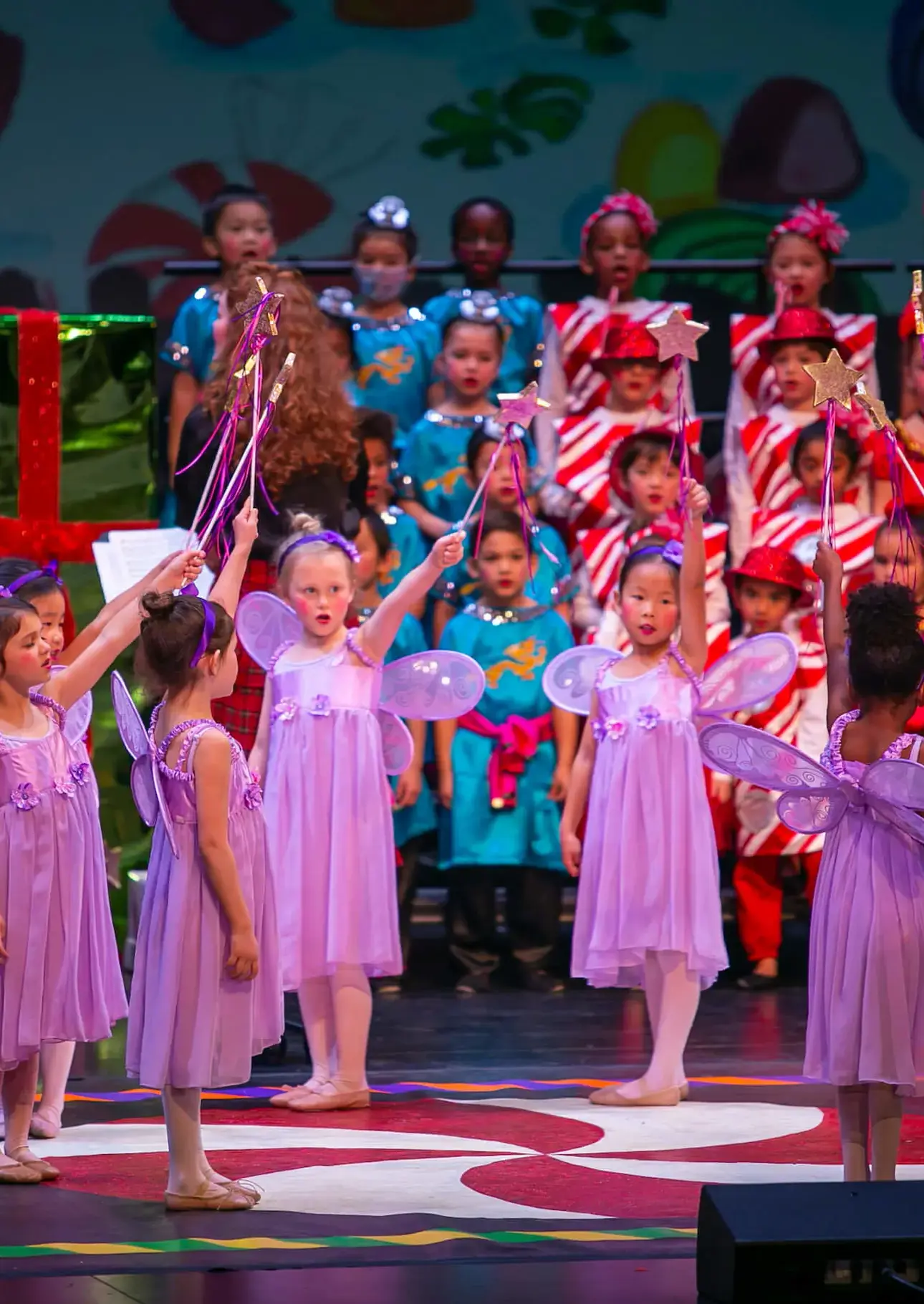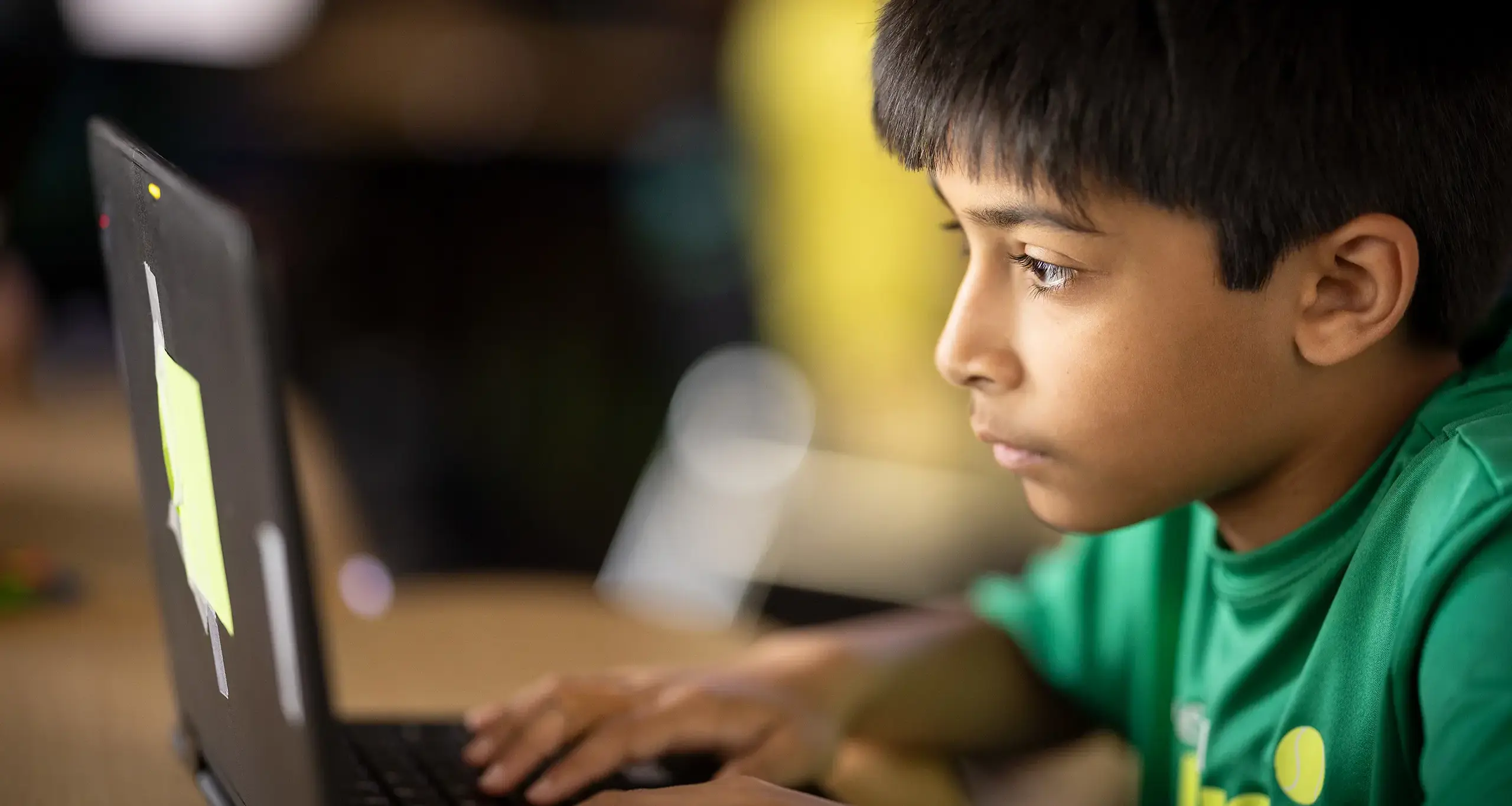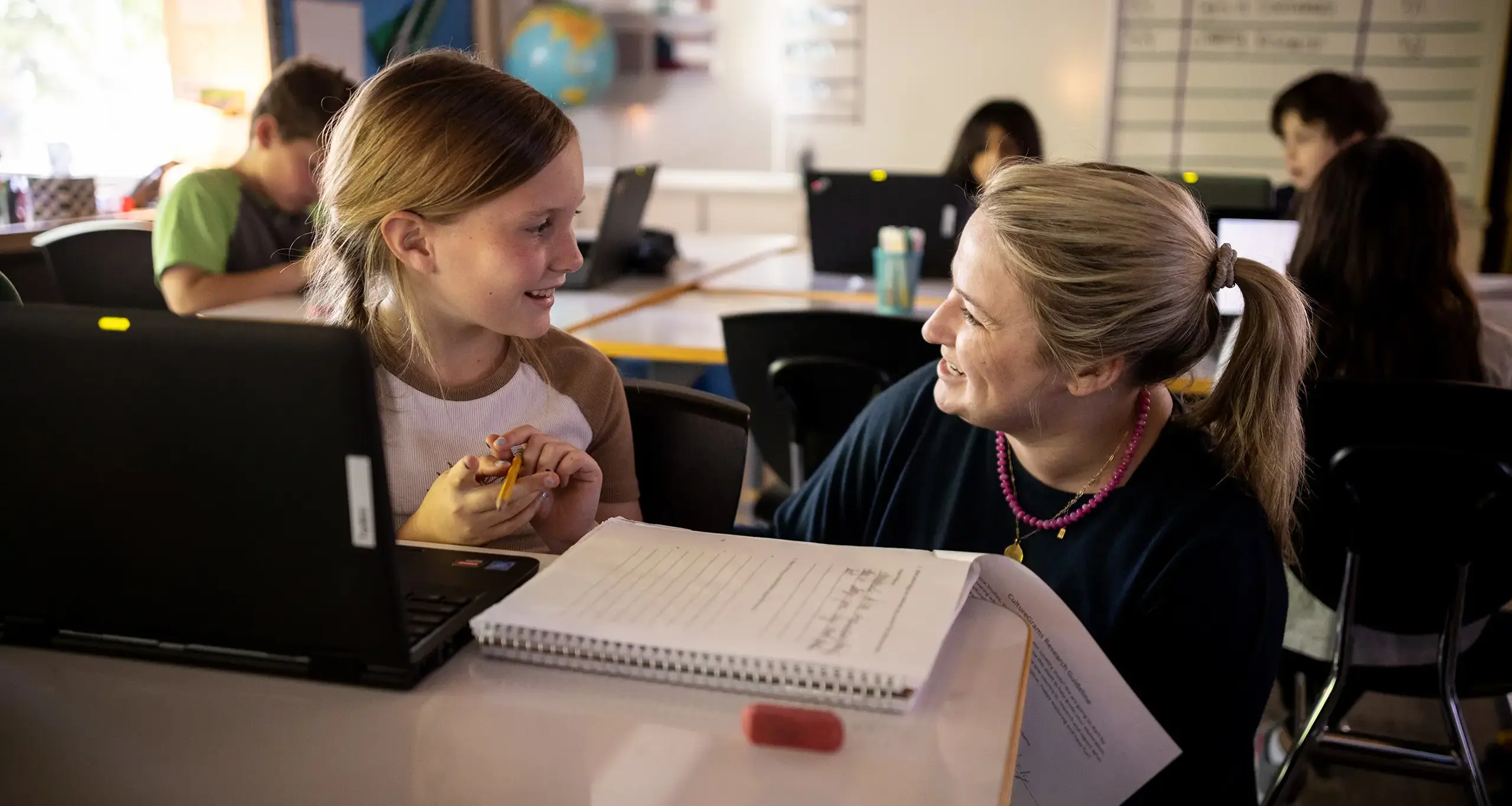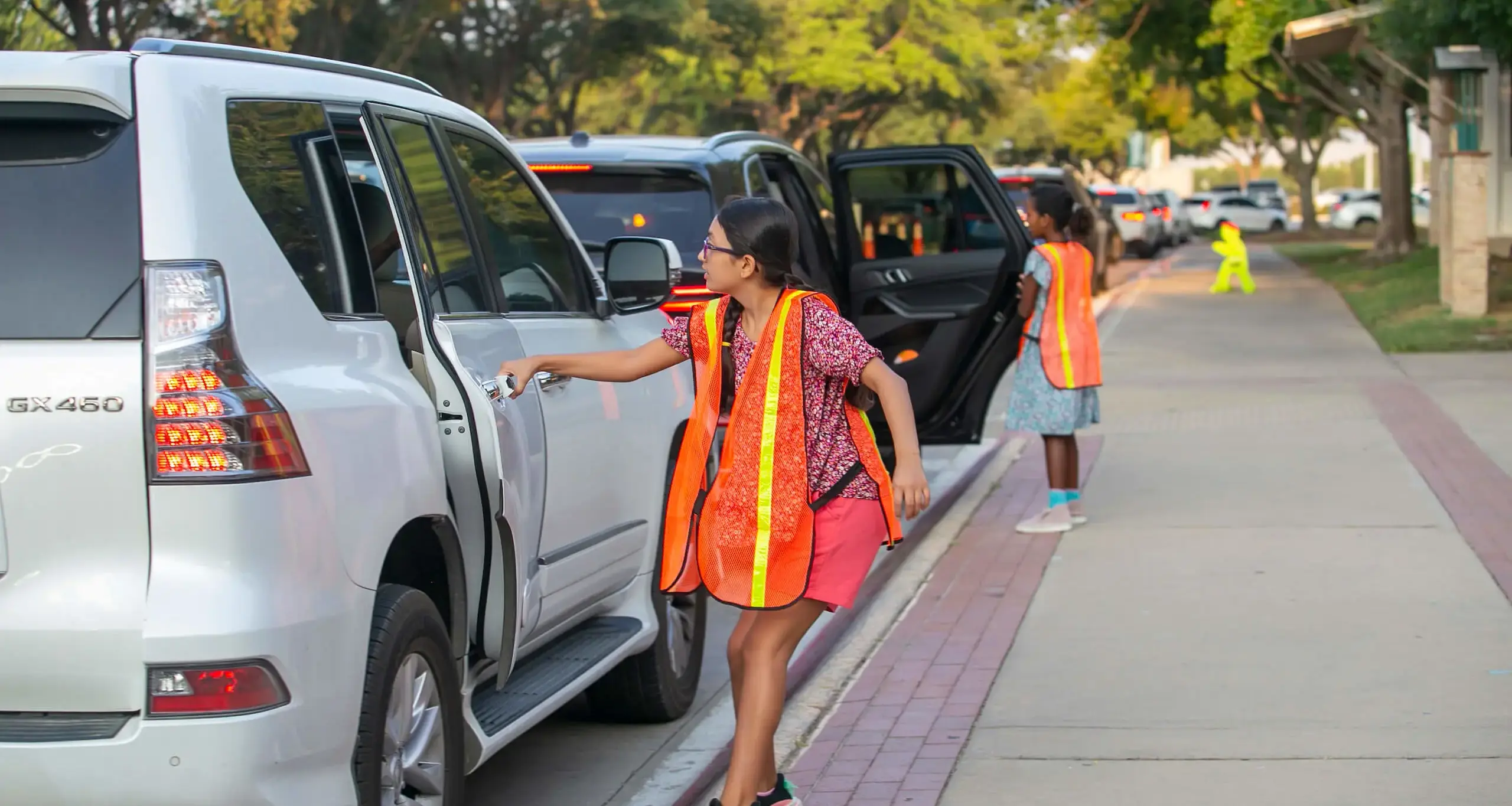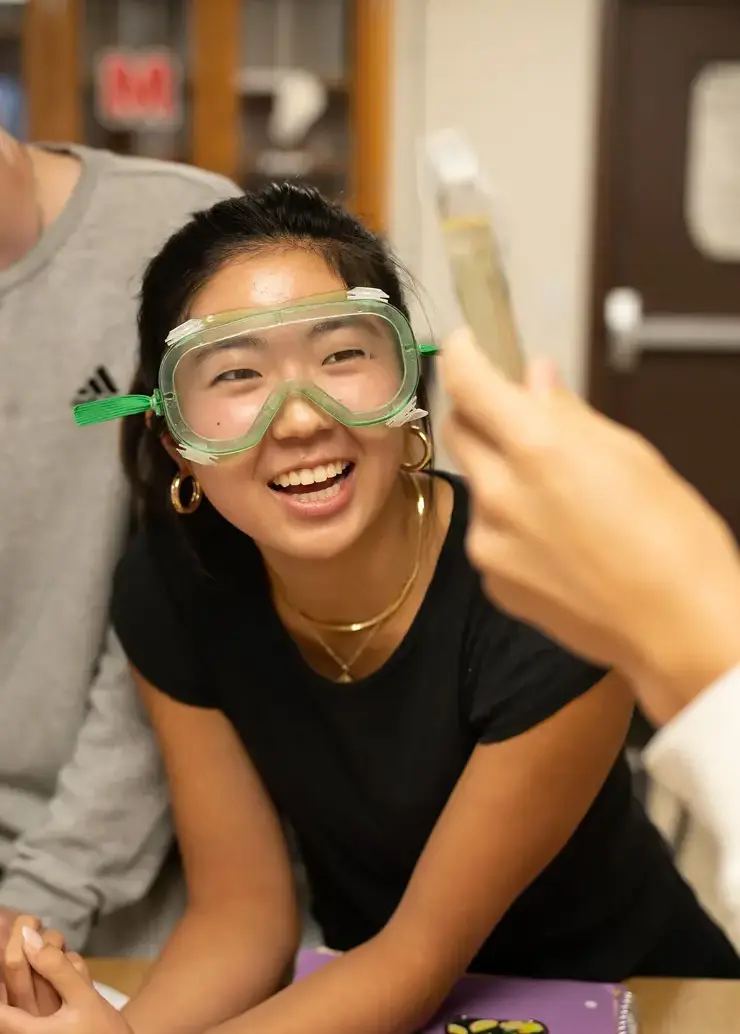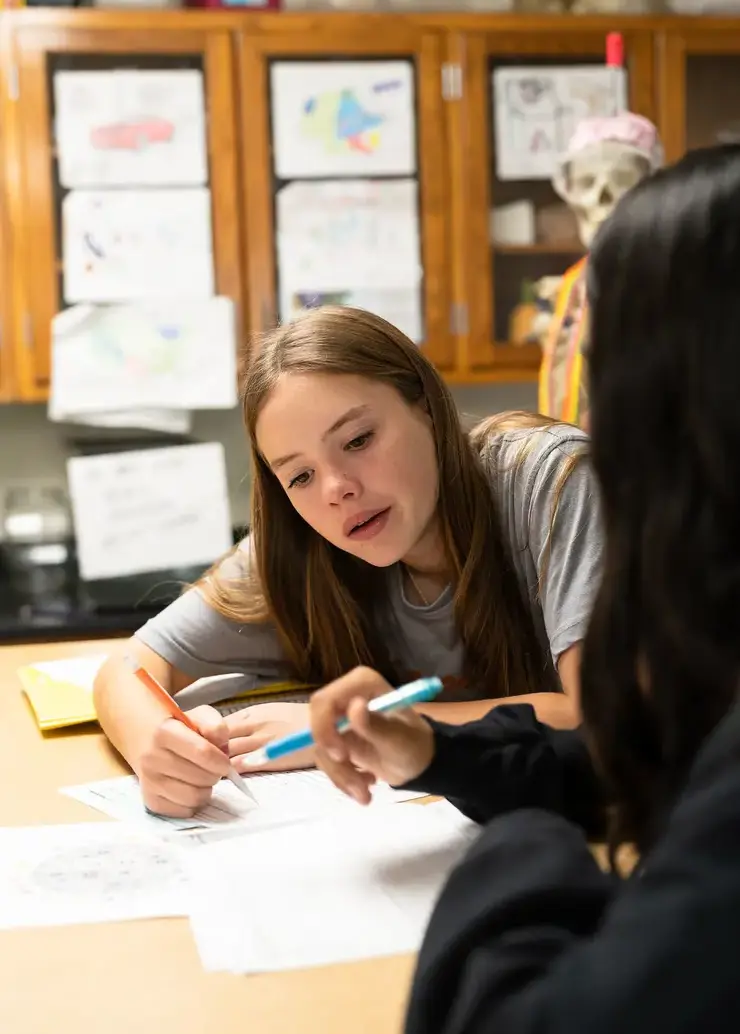Curriculum Highlights
Download our Curriculum Guide for details about all classes available.
The Primer Program
Founded in the early '70s, Greenhill’s renowned Primer program offers the gift of time. The Primer year falls after kindergarten and before first grade, serving as a bridge from Preschool to Lower School. The focus is on the whole child, intentionally designed to foster the full spectrum of social-emotional learning, including self-awareness, self-management, social awareness, relationship skills, and responsible decision-making. This year allows a child to mature at his/her natural pace.
Primer CurriculumThe Primer class has a customized curriculum with the flexibility to take time and adapt for students’ needs and interests. Our co-teaching model of two lead teachers offers students close attention. The two teachers work with students to determine the curriculum based on their needs and interests, dividing the class in half for literacy, writers' workshop, math, and science. Skills may be taught within a longer trajectory with specific Lower School-level academic challenges, and with additional in-depth and enriching applications. Students are encouraged to follow their interests and explore their own curiosities, fostering school habits and a strong love of learning. *All kindergarten students with later birthdays are initially considered for Primer. Other students may also be considered based on faculty observations of social and emotional development. |
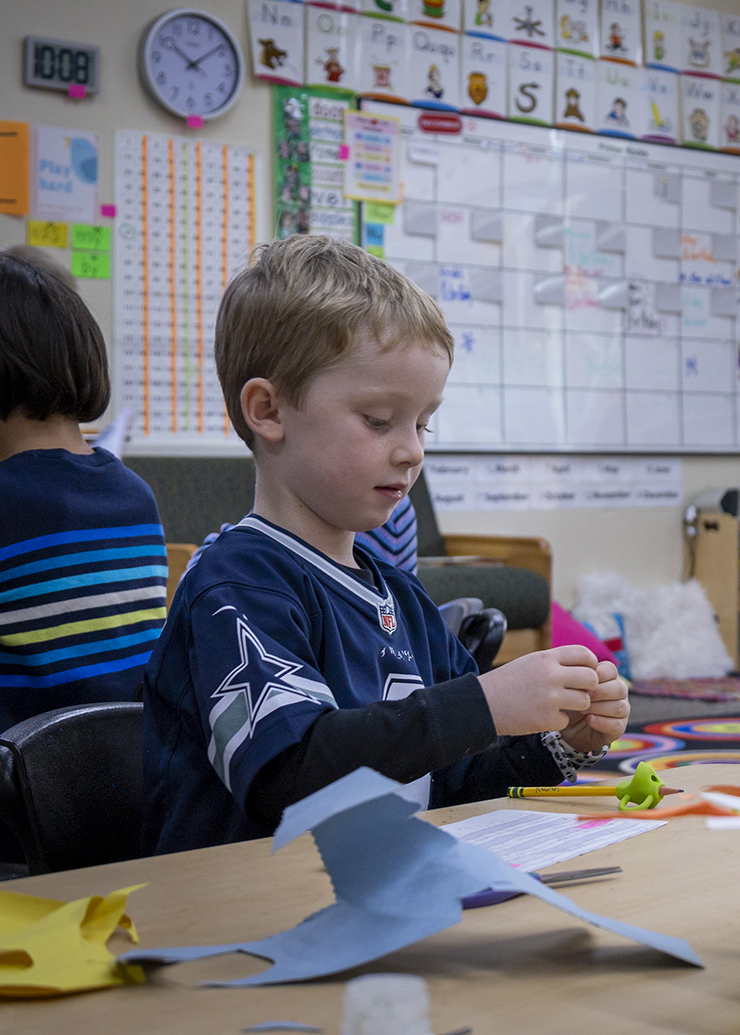 |
Beyond the Classroom
| Social-Emotional Learning |
|---|
| Our comprehensive MindUP curriculum starts with the basics: breathing and the brain. Using grounding exercises, students begin to develop self-awareness, social awareness, and self-management. From there, they explore – and practice – mindfulness, gratitude, and collaboration. |
| Arts |
| The arts are an integral part of our curriculum. Students take arts classes and explore different mediums of expression throughout their day. Primer students produce a musical. Kindergartners perform The Nutcracker. Second graders connect music to movement, choreographing their own sequences in folk dances. Third graders make art inspired by cultures from around the world. Displays around the Preschool and Lower School showcase student artwork, as students learn about the techniques of Jacob Hashimoto, Frida Kahlo, and Jacob Lawrence. |
| Spanish |
| Students learn Spanish, starting with words and phrases in Preschool and moving to conversing and writing by the end of fourth grade. Through age-appropriate songs, games, and literature, students gain an appreciation for the traditions and cultures of Spanish-speaking countries. |
| Athletics |
| In daily physical education classes, we focus on fun, challenge, self-expression, and positive self-image, all while building important connections in the brain. Students learn how to swim and climb and play – and they learn why movement is important to a healthy lifestyle. Students may join the Hornet Sports Association (HSA) to learn sport-specific skills and play on a team with their friends. |
| Design and Innovation |
| Our teaching is informed by current research and deep experience. We use innovative curricula and tools to increase engagement and develop skills, like ideating, prototyping, failing, and fixing. During kindergarten project-based learning units, students turn a classroom into a rainforest, diving into the concept of conservation. Second graders build miniature cities to learn about empathy and human needs. Third graders participate in a coding build-a-thon each spring. |
| Technology |
| Teachers use technology to support classroom learning. All students have access to a device. In Preschool through second grade, students use iPads, and third- and fourth-graders use laptops. Students learn how to manage their devices as they use them for problem-solving and content creation. |
